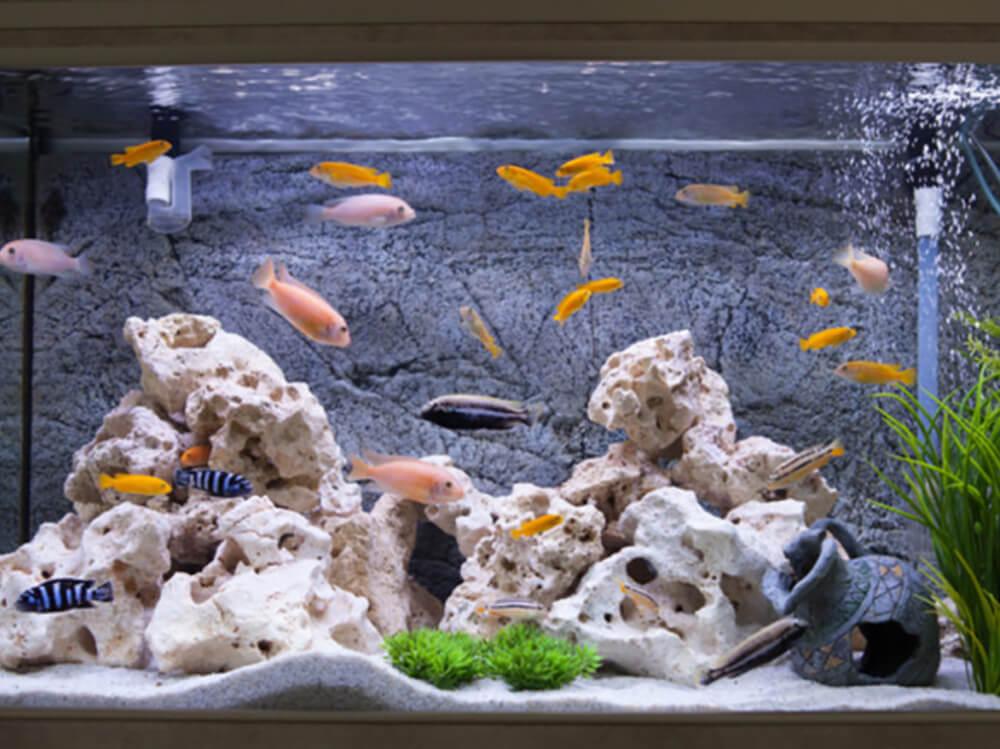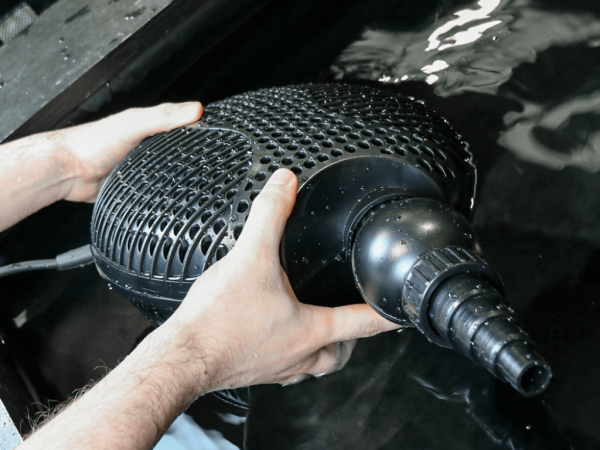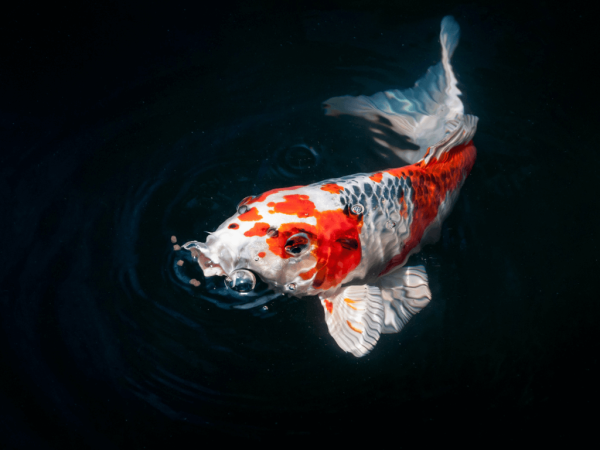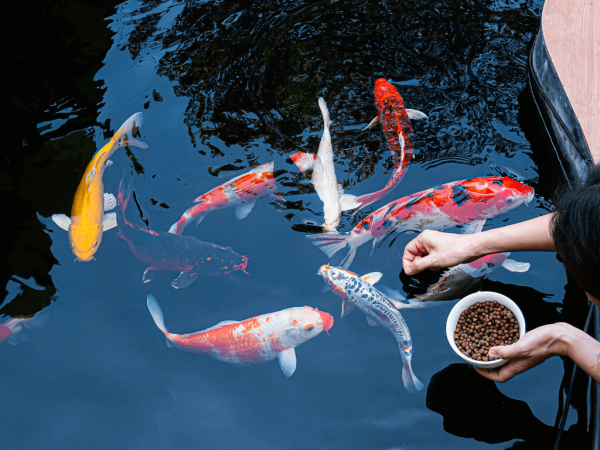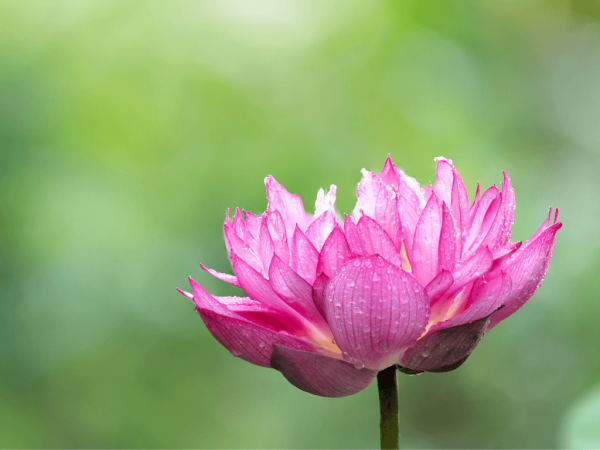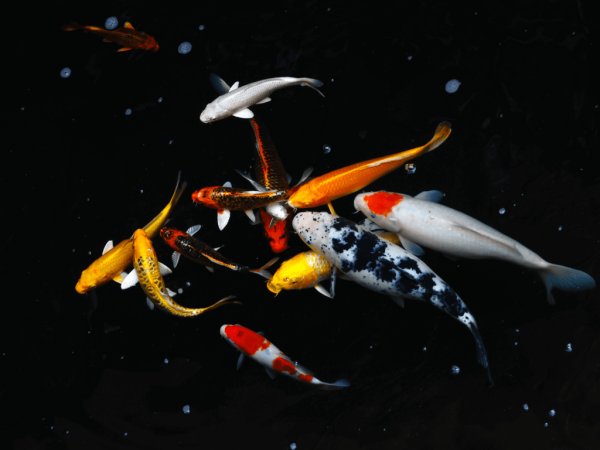What gravel do I need for my fish tank?
Aquarium gravel comes in all shapes, colours and sizes but some suit some fish better than others, while others may be unsuitable for certain types of fish, or aquarium use altogether.
Freshwater or marine aquarium sand?
Freshwater tanks need freshwater sands and gravels, whereas saltwater fish tanks need marine substrates. The main difference is that marine sands and gravels are made up of pieces of coral and shell, which raise the pH and calcium levels in the aquarium. They can also be quite sharp.
Freshwater substrates mainly need to be inert, meaning that they don’t affect the pH or alkalinity of the water, or raise it to a level that makes most freshwater fish feel uncomfortable.
The exception is with African Rift Lake Cichlids, which although strictly freshwater, thrive in hard alkaline water with a high pH. If you keep cichlids from Lake Malawi or Lake Tanganyika and live in a hard water area, any sand or fish tank gravel will do, but if your tap water is soft and you need a substrate that will raise pH, that’s the one time that you can use marine substrates in freshwater, or Rift Lake cichlid specific substrates like those from Caribsea.
Aquarium gravel colour
Sands and gravels come in a variety of colours from natural greys, beige and browns to black, blue, or even bright pink. Many catfish are camouflaged to blend in with natural colours so will feel much more at home over dull browns to match their skin. Dark gravel colours can enhance bright fish colours and black substrates can look striking, contemporary and attract less algae than light substrates.
The jury is out on the use of coloured gravel, with some aquarists loving it and others loathing it. Ornamental fish like goldfish or guppies don’t seem to mind bright coloured gravel at all, whereas wild-caught and cryptically coloured fish prefer a natural substrate to blend into.
Fish tank gravel size
Size does matter when it comes to gravel. Any fish that sifts the substrate like loaches, corydoras catfish and Geophagus cichlids need fine, smooth sand which they can easily pass through their gills. Parrot cichlids and goldfish can get large gravel grains stuck in their mouths, so again make sure its smaller so that they can suck it up, mouth it and then spit it out again without it getting stuck.
If you like to keep your substrate then clean then a medium to coarse gravel is best, as it vacuums really easily. Fine sand (without the aid of substrate sifting fish,) can compact, trap dirt and turn black and anaerobic, releasing a bad smell.
Aquarium gravel depth
Depth is important too. Gravel needs to be at least two inches deep to anchor live or artificial plants, or if covering an undergravel filter. Too deep and the tank loses fish swimming height, and it traps a lot of dirt. Slope the gravel front to back, aiding perspective, while also encouraging detritus to gather at the front, shallow part for easy removal.
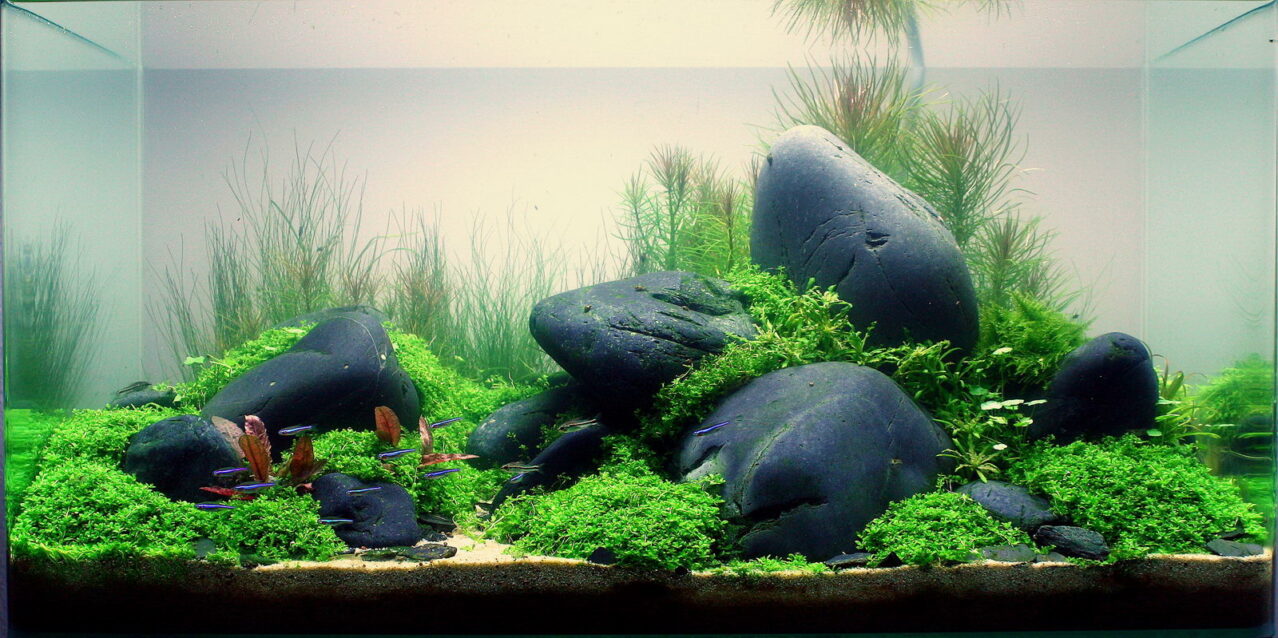
Aquarium planting substrates
Although easy to grow plants do ok in gravel, all aquatic plants fare much better when given a deep bed of aquatic soil to root into. Soil offers a soft substrate for roots to penetrate while feeding the plant at the same time, just like in nature.
Aquatic plant soils arent for every tank however as fish species that dig will uproot plants and make a muddy mess, and planted tanks containing soil generally need more regular maintenance and a bit more experience.
How much gravel do I need for my fish tank?
Aquarium sand and gravel vary in weight and density, but if you aim for a two to three-inch layer, an average-sized 180 litre tropical aquarium will need about 25 kilos. A small, 30-litre nano tank may only need 5 kilos.
Do I need to wash aquarium gravel?
Yes, all aquarium sands and gravels, even if pre-washed by the manufacturer, will need to be washed before use. The only exceptions are aquatic soil for planted tanks and live sand for marine tank. Pour a couple of kilos of gravel into a bucket and wash vigorously under a cold tap until all the water runs clear. This may take some time, but if you don’t rinse sand or gravel it will cloud the water in your tank.
What is live aquarium sand?
Live sand is sand taken from the ocean that is covered in live bacteria. It typically comes packed wet or with some water in the bag, and it’s useful for helping to cycle new marine tanks, as well as looking nice. The downside with live sand is that you must not wash it before use, except for in some seawater if you have to, as all that beneficial bacteria will be lost. And because you can’t was it often clouds the water.
Note that live sand must be added to the marine tank with warm salted water already in. If you place the sand in the tank then fill with fresh water before salting it, again that all-important good bacteria will be lost.
Can I use builders sand in my aquarium?
Although other sands may seem like a cheap alternative, none of them are guaranteed safe for aquarium use. Many building products contain lime, which can raise pH to dangerous levels. Aquarium substrates have been selected for their suitability for use in aquariums and their inert, lime-free make-up. Better to be safe with aquarium sand than sorry.




